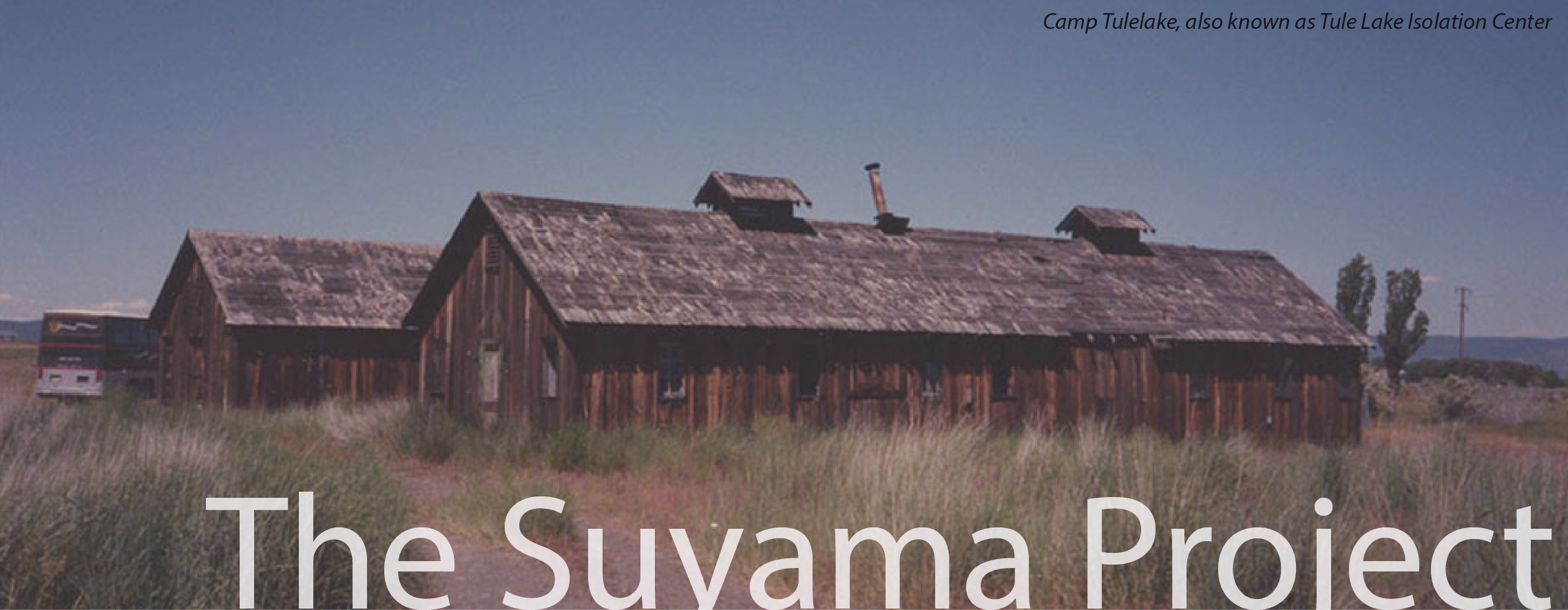
|
UCLA Asian American Studies Center's Suyama Project aims to preserve the history of Japanese American resistance during World War II, including, but not limited to the 100th/442nd Regimental Combat Team draftees, Army and draft resisters, No-Nos, renunciants, and other Nikkei dissidents of World War II. The Suyama Project is made possible through the generous gift of an anonymous donor who wanted to honor and remember the legacy of resistance, broadly understood. |
ROCKY SHIMPO EDITORIALS May 16, 1947—December 15, 1947 by James M. Omura Edited by Arther A. Hansen In 2003, I authored an article entitled "Return to the Wars: Jimmie Omura's 1947 Crusade against the Japanese American Citizens League." Assuredly, it had been Omura's animus against the JACL that fueled the "wars" to which, in mid-May 1947, he was "returning" as the newly reappointed English-section editor of Denver, Colorado's Rocky Shimpo vernacular newspaper. After all, only three years previously, due in great measure to the behind-the-scenes machinations of the JACL national and regional leadership, Omura was flushed out of his initial four-month tenure, in early 1944, as the Rocky Shimpo's English-section editor and subsequently—along with the seven leaders of the Fair Play Committee (FPC) at Wyoming's Heart Mountain Relocation Center—indicted, arrested, jailed, and forced to stand trial in a Cheyenne, Wyoming, federal court for unlawful conspiracy to counsel, aid, and abet violations of the military draft. Even though Omura, unlike the FPC leadership, was acquitted of this charge, his legal vindication did not prevent the Denver-area JACL power brokers from mobilizing an extralegal vendetta against him within the Nikkei community. Indeed, they so effectively harassed and demonized Omura as to make it virtually impossible for him to gain sustainable employment or to revel in the rewards of a viable social and cultural life, and these deprivations in turn hastened his 1947 divorce from his Nisei wife, Fumiko "Caryl" Omura (née Okuma). The conventional historical narrative stamped on Omura's life by his contemporary critics and latter-day chroniclers is that his militant 1934-1944 opposition to the JACL leadership of the Japanese American community and the U.S.-government's wartime treatment of Japanese Americans was brought to a halt before the end of World War II. While poetically accurate, this perception violates historical veracity, since within the scant half-year interval of Omura's 1947 Rocky Shimpo tenure, he used his editorial position to a greater degree than at any time previously as a bully pulpit to criticize his nation's government, institutions, and practices, and far more often and pointedly to wage war against the JACL heirarchy. For this reason, James Omura's 1947 editorials in the Rocky Shimpo, which are indicated below, warrant careful attention. In addition, these editorials serve as a barometer for illuminating the sociocultural climate within the Japanese American community in the early post-World War resettlement era, both nationally and in respect to the Denver area.
By viewing and downloading the contents, you agree to the copyright and usage terms. Copyright © 2018. All rights reserved. UCLA Asian American Studies Center. Stanford University. Art Hansen. Materials provided strictly for educational purposes. No reproduction or representation of any of the content on this website, including text, images, and files downloadable from this website, without the written permission of the copyright owner(s). For questions or inquiries on content use, please contact us. |